It is perhaps unusual for a deceased artist to be listed as a member of a group exhibition alongside living artists. Especially, when the person is a well-known figure, a retrospective exhibition is often the more favored option.
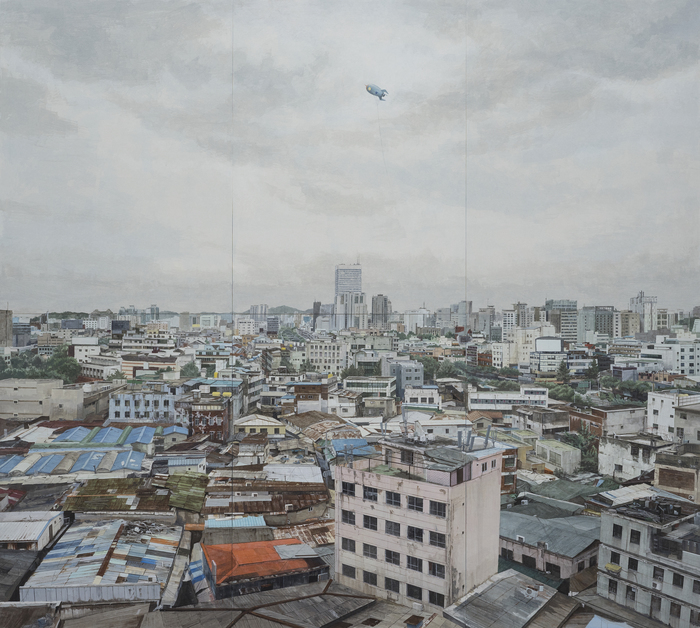
“In the beginning, I wanted to organize an exhibition that highlights Yi Jong-ho himself, an architect who is respected in the local architecture scene yet not much known to the public. However, I later realized he would have not liked such a spotlight, He would have been embarrassed,” said architect Woo Eui-jung, a longtime friend and colleague of Yi, at a press conference on July 12 at Arko Art Center for the exhibition “Real-Real City.”
The exhibition features the late architect’s legacy and architectural ideas. Co-directed by curator Sim So-mi and architecture expert Lee Jong-woo, the exhibition also showcases works of art, research and projects that engage with Yi’s take on urban development in Korean cities.
“I think this is perhaps an exhibition that Yi Jong-ho would have done,” Woo said.
For the exhibition, Woo and architect Yi Sang-jin have set up a structure that uses steel pipes and tempered glass in the outdoor area between Arko Art Center and the revamped Marronnier Park (the former was designed by Kim Swoo-geun and the latter was co-designed by Yi Jong-ho and Woo).
Architecture’s functions in urban areas was Yi Jong-ho’s focus. Yi was a keen observer of the impact of urban development and architecture on the life of people in cities, according to co-curators Sim and Lee.
“He was also deeply worried about the local architects becoming more and more narcissistic and architecture becoming increasingly monumental. In the same vein, he was very critical of the star architect system,” co-curator Lee said.
Yi, born in 1957, studied architecture at Hanyang University and started his career at Kim Swoo-geun’s architectural firm Space in the early 1980s.
In 1989, Yi founded his own architectural studio, METAA. In 1997, he also took part in the foundation of Seoul Association of Architects, or SA. From 2005-2014, Yi taught at the Korea National University of Arts.
Yi designed Yuljeon Church and the award-winning Barunson Center with fellow architect Yang Nam-cheol. Among his other notable works are Park Soo-keun Museum dedicated to the iconic artist and Nogunri Peace Museum commemorating the massacre of hundreds of civilians at Nogeunri, North Chungcheong Province, by the US military during the Korean War.
In 2014, Yi took his own life as prosecutors sought to charge him with embezzlement from KNUA -- despite the school’s staunch defense of the architect, as it claimed there had been an accounting error.
“He ended his life rather abruptly, and so did his ideas about architecture and urban development. Exhibition ‘Real-Real City’ is his fellow artists’ and architects’ attempt to set his ideas forth,” Woo said.
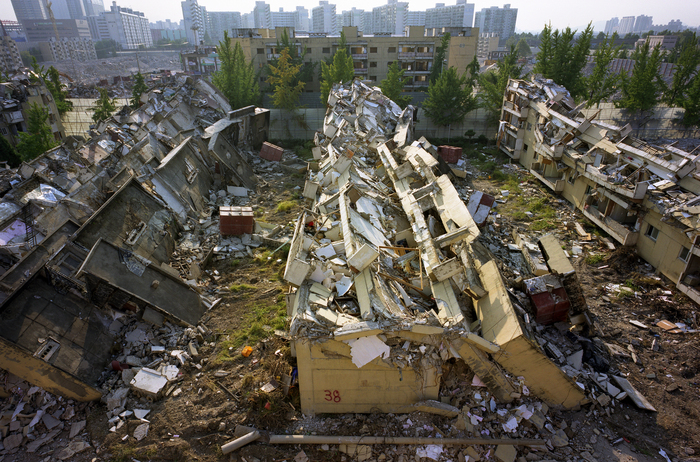
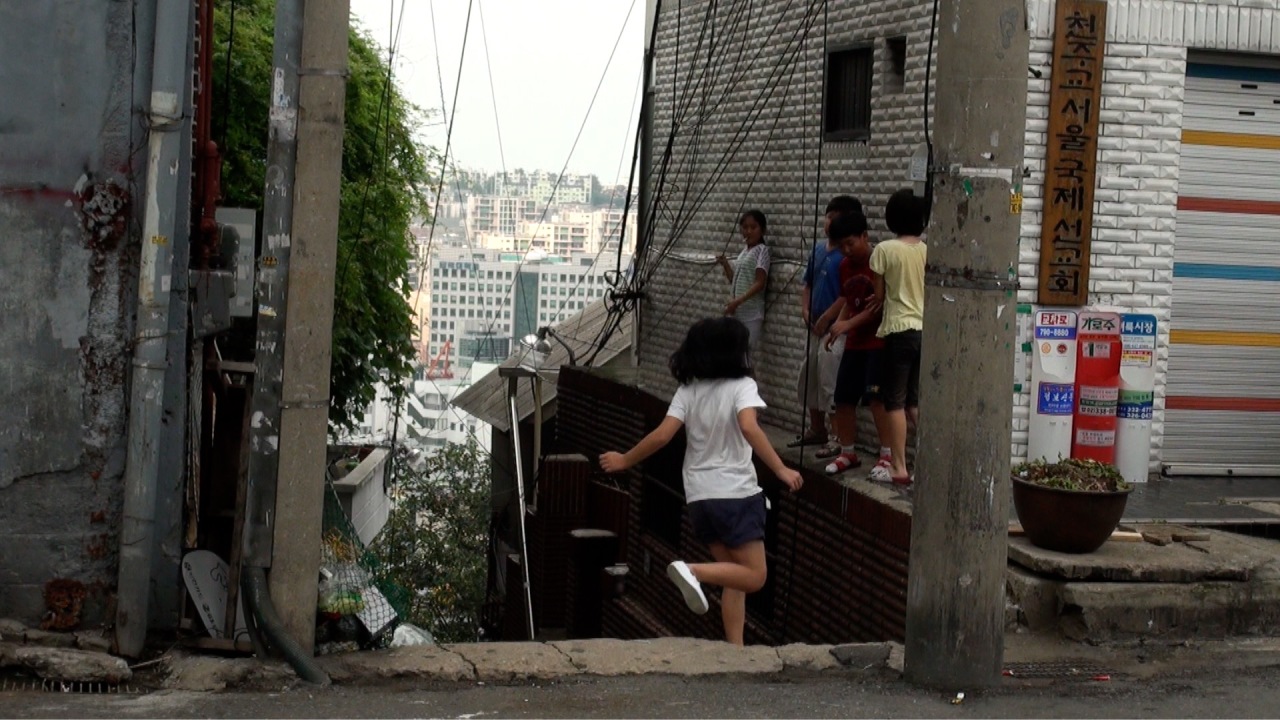
In addition to archival materials, the group exhibition shows other participating artists’ and architects’ takes on the architectural legacies of cities.
A site that many architects and artists deal with is Sewoon Sangga in central Seoul, a shopping, industrial and residential complex designed by Kim Swoo-geun in the late 1960s.
A painting by Jung Jae-ho, one of the Korea Artist Prize winners in 2018, shows a scene from the rooftop of Sewoon Sangga. “The painting, which captures a landscape seen from the rooftop of Sewoon Sangga at sunset, seems to show the uncertain future of the site awaiting redevelopment,” curator Sim said.
Listen to the City, an art collective, introduces a video work that comprises interviews with small shop owners facing eviction due to recent redevelopment pressure in the area.
Hwang Jie-eun, the headmaster of Sewoon Campus and co-chief of Sewoon Cooperative Support Center, showcases works by students who took part in projects operated by the school established in 2017 inside the multipurpose complex.
Other participants also introduce their own takes on urban development.
Kim Moo-young introduces a video one hour and 30 minutes long that shows footage taken in old town areas in Seoul, and Kim Jae-kyeong introduces a three-channel video work with some 470 photos of residential buildings in Seoul.
Architects Woo, Yi Sang-jin, Chung I-sak, Kim Sung-woo and Jo Jin-man -- who have personal or academic ties with Yi -- show photos and research materials of various scenes of urban development.
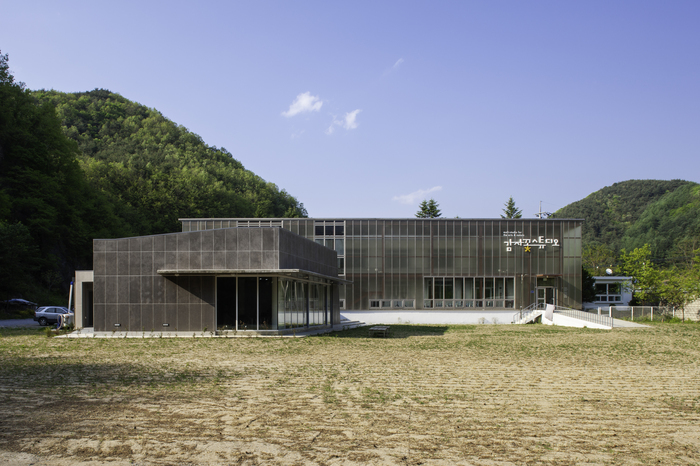
The exhibition also shows photos and writings that give a glimpse into Potato Blossom Studio, a boarded-up school-turned-cultural space in Pyeongchang, Gangwon Province, designed by Yi.
By Shim Woo-hyun (ws@heraldcorp.com)








![[Kim Seong-kon] Democracy and the future of South Korea](http://res.heraldm.com/phpwas/restmb_idxmake.php?idx=644&simg=/content/image/2024/04/16/20240416050802_0.jpg&u=)







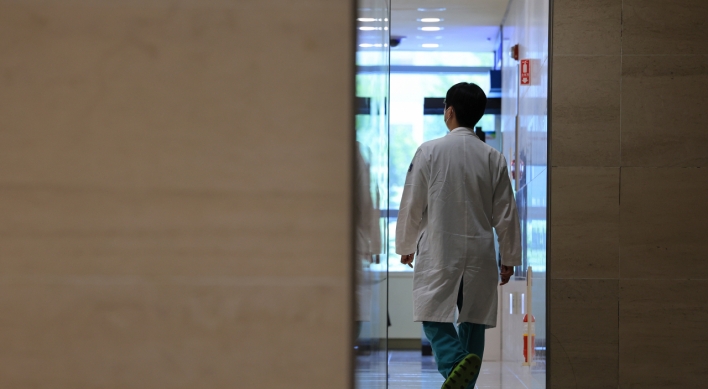


![[Today’s K-pop] Zico drops snippet of collaboration with Jennie](http://res.heraldm.com/phpwas/restmb_idxmake.php?idx=642&simg=/content/image/2024/04/18/20240418050702_0.jpg&u=)